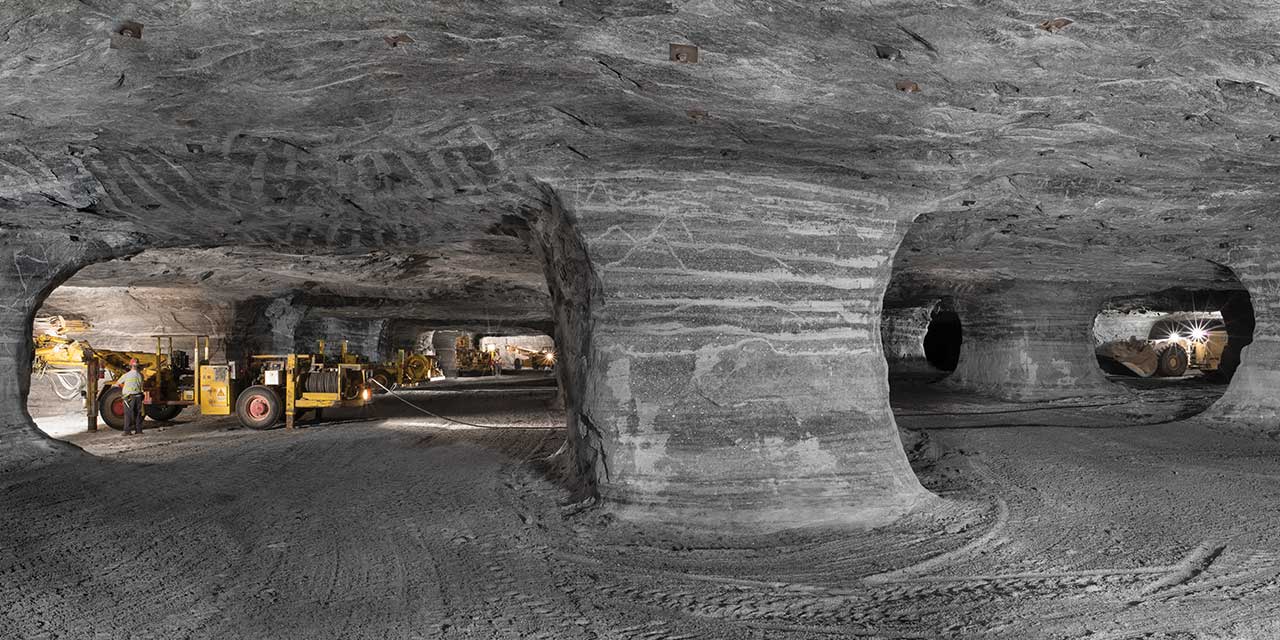Questions About Deicing. Ask Dr. Scott.

With over 20 years of research experience with deicers, Dr. Scott is ready to answer your most pressing questions about winter maintenance.
Bulk Deicing Salt FAQs
Questions and answers about bulk deicing salt
Where does the salt come from?
Cargill Deicing Technology mines bulk deicing salt at three different locations across the country: Cleveland, Ohio; Avery Island, Louisiana; and Lansing, New York. In Louisiana, we obtain the salt from a domal salt deposit by physical mining. In Ohio and New York, we obtain the salt from underground bedded salt deposits, also by physical mining.
After mining, we crush, screen, hoist and stockpile the salt to await distribution.
How many cubic yards are in a ton?
Generally speaking, bulk deicing salt weighs about 80 lbs. per cubic foot translating to 2,160 lbs. per cubic yard or roughly 1 ton.
What is the proper application rate of salt?
There is no one answer to the question of how much salt to use. Snow fighting is a highly specialized practice that requires adjustments basis factors such as temperature, precipitation type, and current road conditions. Commonly accepted rates vary from 100lbs/sq lane mile to 500 lbs/sq lane mile. Check with your local or federal experts as to what practices are best for you. A great resource is the Salt Institute's Snowfighters Handbook.
How do I measure my pile?
Measuring the volume of a salt pile depends on factors such as the size and shape of the pile, the gradation of the salt in the pile, etc. Salt stored in a conical pile can be accurately calculated by taking in to the dimensions of the pile and the natural angle of repose of salt (32 degrees). For the specifics on how to measure both conical and windrow type salt piles, please refer to the Salt Institute's Salt Storage Handbook.
My dog ate some salt, will it harm him?
Bulk deicing salt is not produced under food grade conditions and therefore not intended for human or animal consumption. However, bulk deicing salt has low toxicity if inadvertently ingested in small amounts. The Material Safety Data Sheet hazard rating is 1 on a scale of 0-4 (where 0 is considered “minimal hazard—no significant risk to health” and 1 is “slight hazard—irritation or minor reversible injury possible”). If ingestion occurs, make sure your pet has water available to drink, which is usually all that’s needed. Ingesting large amounts, however, can result in gastrointestinal irritation. If your pet shows signs of distress, contact your veterinarian. Always store any ice melter out of reach of children and pets.
What is the lowest effective melting temperature of salt?
Salt begins to lose its effectiveness when temperatures fall below 15°F. There is still measureable ice melting taking place; however the addition of an additive such as liquid magnesium chloride can help make it more effective at lower temperatures.
Have more questions? Contact your representative today.

